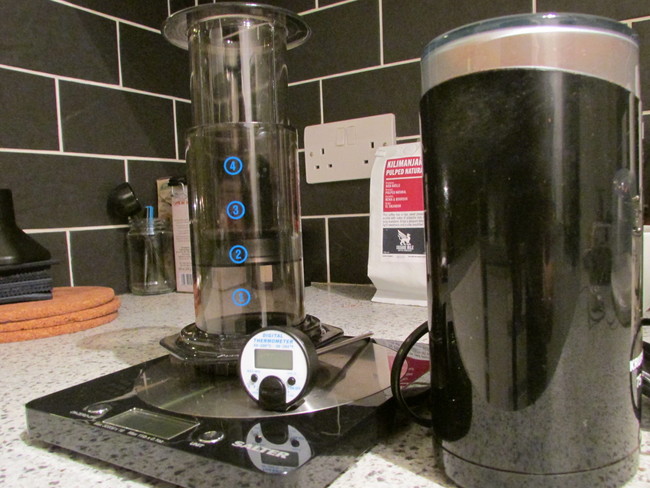The coffee in Vancouver, Part 1
Is adventurous. That’s the best way I can describe it after having spent a month in the rainy city. It is the same experience I encounter when learning a new programming language. 1st, I start with disbelief, then an ‘Aha’. Finally, I get it!
I must admit it did take me a few weeks to get it and I had to visit quite a few coffee shops. All with different approaches and value systems. Some doubled as either bakeries or even doughnuteries. Obviously, not every coffee experience was brilliant. There were definitely some let downs but on the whole it was an inspiring experience. What united everyone was their passion, friendliness and willingness to listen and explain. Mucho fun.
When I was there, I felt Vancouverites generally had good palates. Not in a snarky pretentious way. They’re true foodies. As a city, Vancouver is littered with scrumptious food trucks, residents regularly buy...
